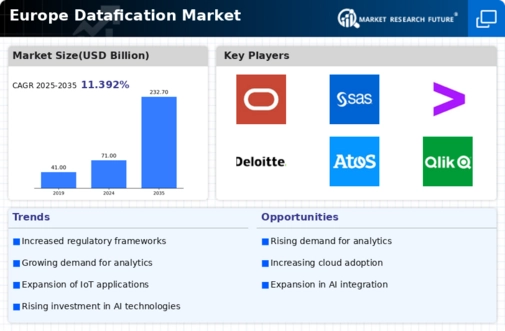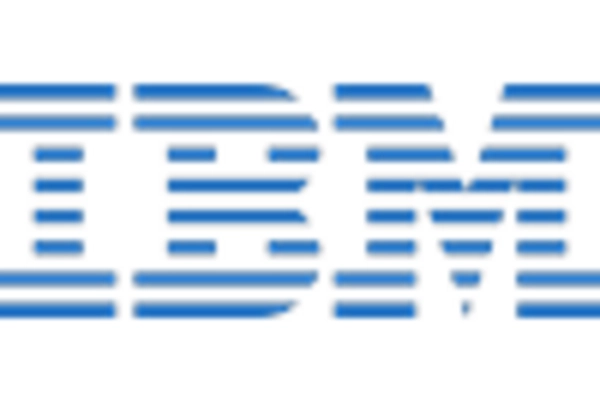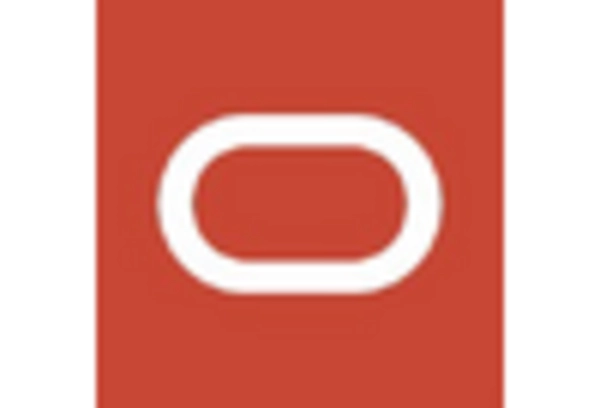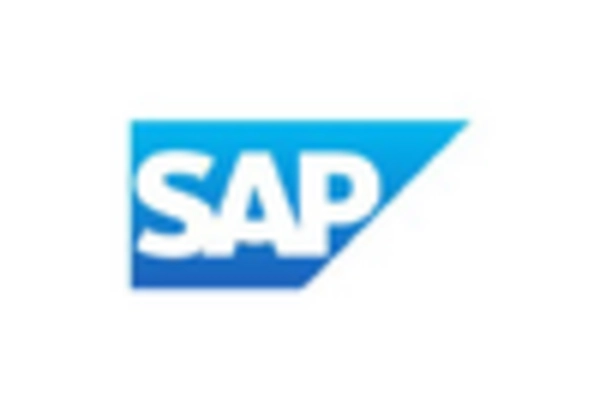Germany : Strong Growth Driven by Innovation
Germany holds a commanding 20.5% market share in the European datafication market, valued at approximately €8 billion. Key growth drivers include robust industrial automation, a strong emphasis on R&D, and government initiatives promoting digital transformation. The demand for data-driven solutions is surging, particularly in manufacturing and automotive sectors, supported by favorable regulatory policies that encourage innovation and investment in technology infrastructure.
UK : Strong Demand Across Sectors
The UK commands a 15.0% share of the European datafication market, translating to around €6 billion. Growth is driven by increasing adoption of cloud services, AI, and big data analytics across various sectors, including finance and healthcare. Government initiatives, such as the Digital Strategy, are enhancing the regulatory framework, promoting data security and privacy, which in turn boosts consumer confidence and market demand.
France : Innovation and Regulation at Play
France holds a 12.0% market share in the datafication sector, valued at approximately €4.8 billion. The growth is fueled by a strong focus on digital innovation, particularly in the tech and telecommunications sectors. Regulatory frameworks like the GDPR have shaped data handling practices, while government support for startups in the tech ecosystem is fostering a vibrant market environment, driving demand for data solutions.
Russia : Regulatory Landscape Influences Growth
Russia's datafication market accounts for 8.0% of the European share, valued at about €3.2 billion. Key growth drivers include increasing digitalization in various industries and government initiatives aimed at enhancing IT infrastructure. However, regulatory challenges and geopolitical factors can impact market dynamics. The demand for data solutions is particularly strong in sectors like energy and telecommunications, where local players are gaining traction.
Italy : Revitalizing Industries with Data
Italy captures a 6.5% share of the European datafication market, valued at approximately €2.6 billion. The growth is driven by the recovery of key industries such as manufacturing and retail, which are increasingly adopting data-driven strategies. Government initiatives aimed at digital transformation and investment in infrastructure are supporting this trend, while local demand for innovative solutions continues to rise.
Spain : Focus on Digital Transformation
Spain holds a 5.0% share of the European datafication market, valued at around €2 billion. The market is growing due to increased investment in digital technologies and a focus on enhancing data analytics capabilities across sectors like tourism and finance. Government policies promoting digitalization and innovation are crucial in shaping the market landscape, driving demand for data solutions and services.
Rest of Europe : Opportunities Across Smaller Economies
The Rest of Europe accounts for 4.01% of the datafication market, valued at approximately €1.6 billion. This segment includes a mix of smaller economies where growth is driven by localized demand for data solutions. Regulatory frameworks vary significantly, influencing market dynamics. Countries like Belgium and the Netherlands are emerging as key players, with local firms increasingly adopting data-driven strategies to enhance competitiveness.


















Leave a Comment